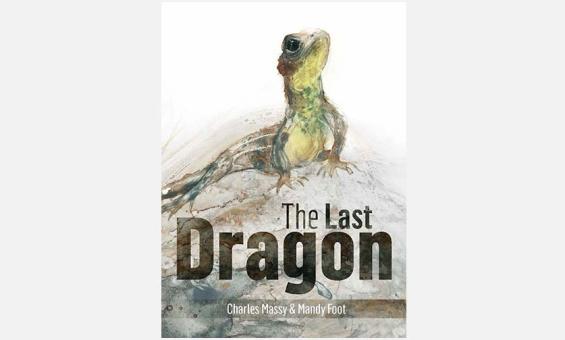Digital Classroom
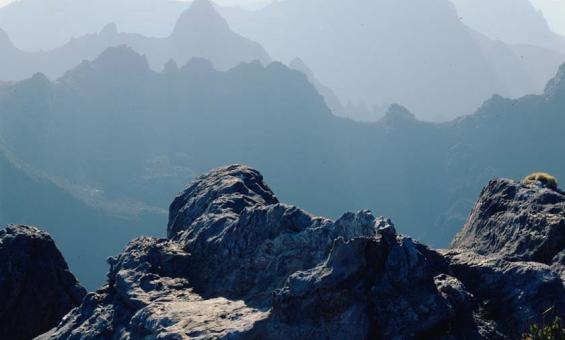
Dombrovskis, Peter, 1945-1996. (1995). Frankland Range, Southwest National Park, Tasmania, 1995 [transparency] / Peter Dombrovskis. nla.gov.au/nla.obj-150007802

Dombrovskis, Peter, 1945-1996. (1986). Spiderweb detail, Cradle Mountain, Cradle Mountain-Lake St Clair National Park, Tasmania, 1986? [transparency] / Peter Dombrovskis. nla.gov.au/nla.obj-151194004
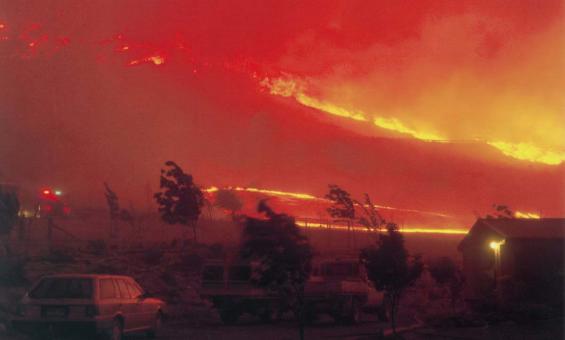
Cutting, Jeff, 1945-. (2003). Freshening north-westerly winds drove the Stockyard fire down Apollo Road onto Ballineen in the hour before midnight on 17th January 2003. [picture] / Jeff Cutting. nla.gov.au/nla.obj-149584789
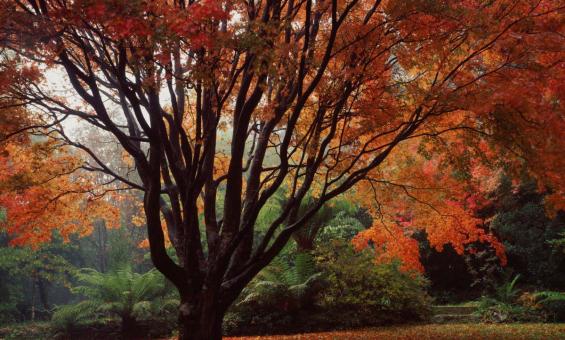
Dombrovskis, Peter, 1945-1996. (1993). Acer in autumn, Dombrovskis' garden, Fern Tree, Tasmania, 1993? [transparency] / Peter Dombrovskis. nla.gov.au/nla.obj-150387361
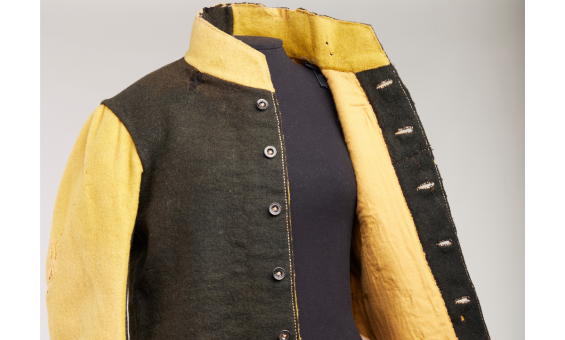
Convict uniform and two caps [realia], 1830, nla.gov.au/nla.cat-vn2398685
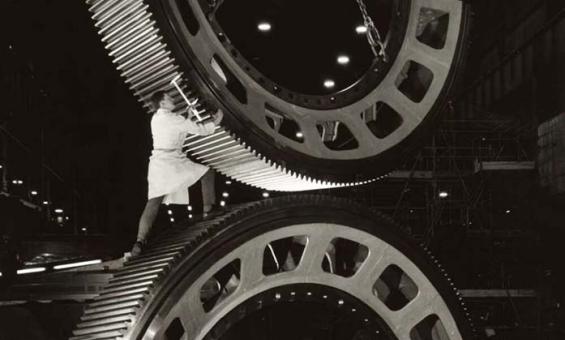
Sievers, Wolfgang, 1913-2007 & Vickers Ruwolt. (1967). The gears [picture] : gears for the mining industry, Vickers Ruwolt, Burnley, Melbourne, 1967 / Wolfgang Sievers. nla.gov.au/nla.obj-136505226
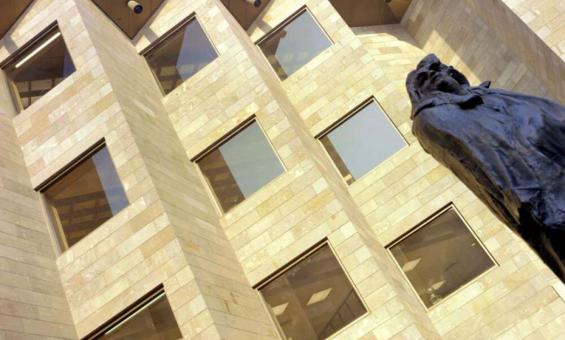
Sievers, Wolfgang, 1913-2007. (1968). National Gallery of Victoria, Melbourne - Forecourt with Rodin's Balzac, 1968, 2 [picture] / Wolfgang Sievers. nla.gov.au/nla.obj-160765377
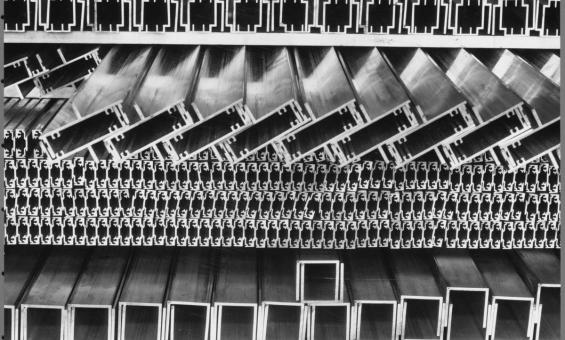
Sievers, Wolfgang, 1913-2007. (1965). Aluminium profiles at Comalco's plant at Yennora, New South Wales, 1965, 3 [picture] / Wolfgang Sievers. nla.gov.au/nla.obj-160295127
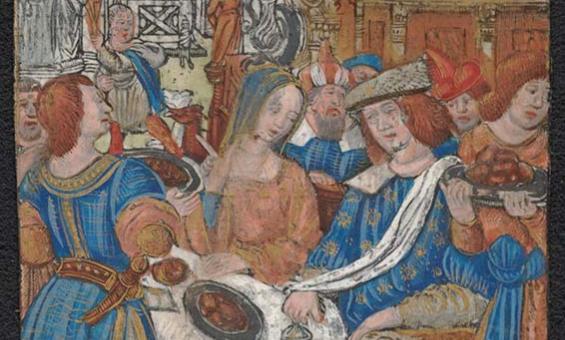
PIC MSR 14/8/2 #PIC/14340/1-51-Early Flemish, German, Italian, Spanish, French woodcuts, nla.gov.au/nla.obj-2902124119
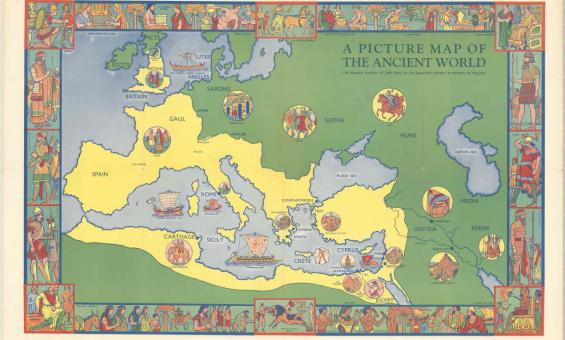
Ellis Luciano Silas & Evans Brothers Ltd, (1939), A picture map of the ancient world / specially painted by Ellis Silas, nla.gov.au/nla.obj-2378561352
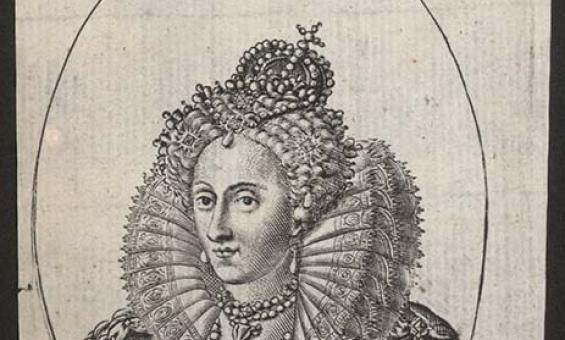
(1600). Elizabetha D.G. Regina Ang. Fran. et Hib., nla.gov.au/nla.obj-136050723
